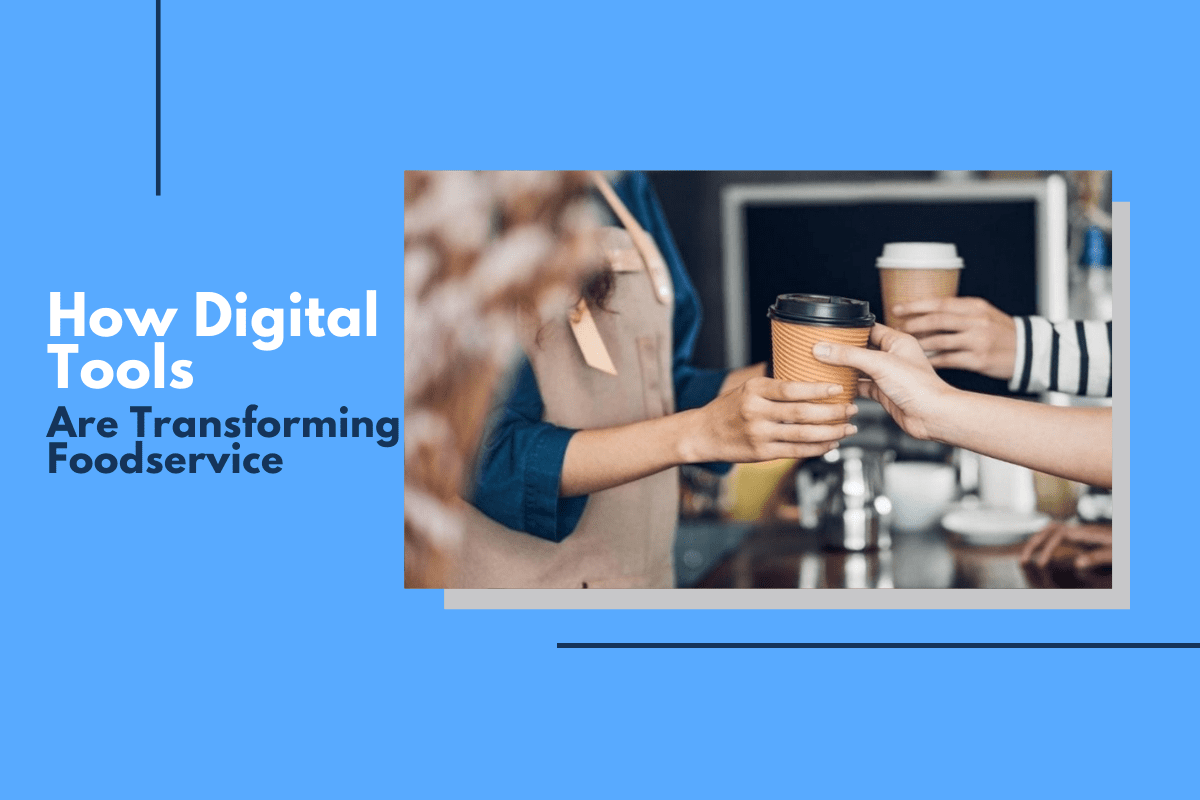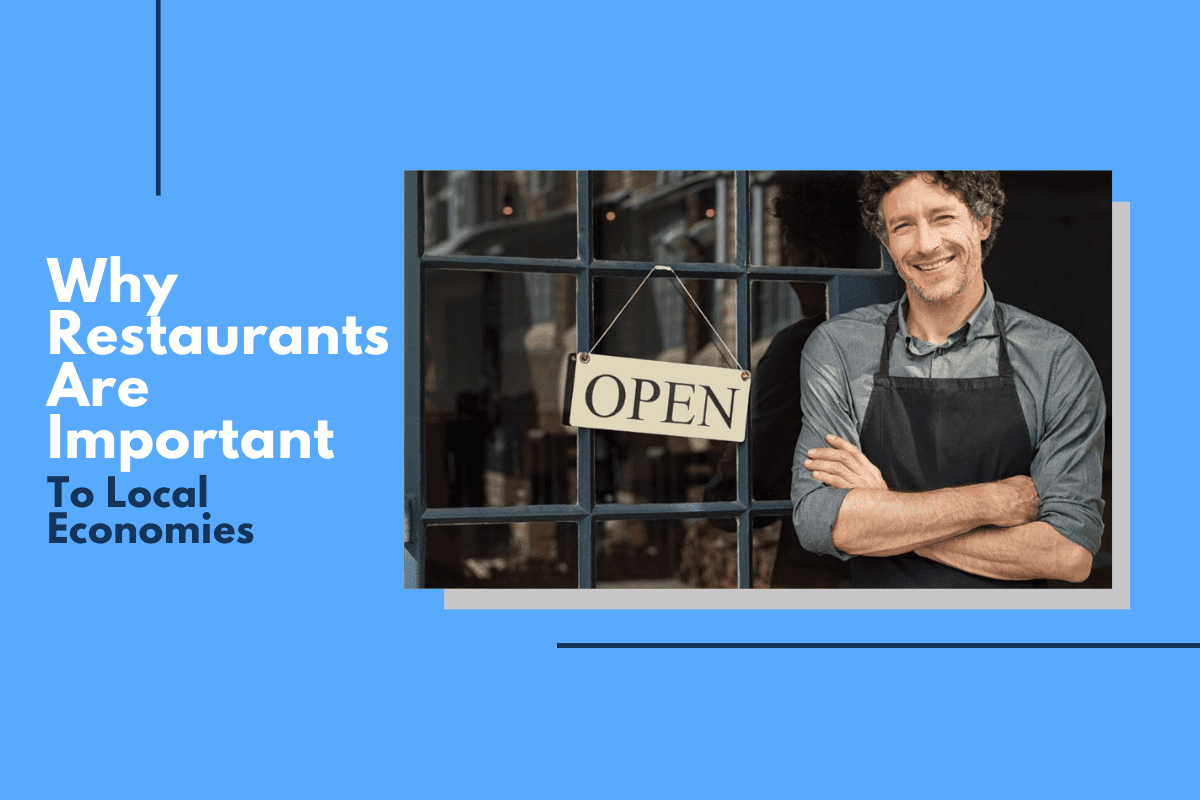
Are you interested in improving efficiency, increasing output, and reducing food waste in your restaurant or other foodservice business? If you are, it may be time to get technical. That’s right, technology is playing an increasingly important role in the foodservice industry.
According to an article in Forbes magazine, we owe many of the improvements in the production, packaging, shelf life, and safety of food to improved technology in the food industry. From drone farmworkers to robotic butchers, technology is impacting all areas of food production and distribution. For example, satellite imagery helps monitor weather patterns that can affect the timing of planting and harvesting. Farm drones pinpoint diseased crops so that pesticides can be applied precisely where they’re needed instead of blanket bombing entire fields. Advanced packaging can improve food safety, increase shelf life, and help eliminate waste.
Going Green
Technology can even help your business go green. An app such as Copia can keep track of your food inventory to help you make more informed purchasing decisions. It will also help you reduce food waste by connecting you with local non-profits who can make good use of your surplus food.
After-school programs, shelters, and other programs will benefit from that surplus while you reap the tax benefits of your donations. Not only that, but you’ll no longer be contributing to the 40% of American food that gets wasted each year. That’s an important point for many customers, especially millennials and generation Z.
Sustainability is a major concern for many of these younger customers. They may even choose a place to eat based on it. Reducing water consumption and greenhouse gas emissions go hand in hand with reducing food waste. So too does sourcing food locally, since it reduces the fuel and emissions associated with long-distance shipping. Not only is improved sustainability beneficial to the planet, but it also benefits your bottom line through lower food costs and an increased customer base.
Managing Inventory and Production Schedules
Use technology to help you with more accurate inventory management so that you always know what to order and when. You can also use it to manage your production schedule in order to improve efficiency and reduce wasteful overproduction. According to the non-profit ReFED organization, you can save thousands of dollars annually just by using technology to track and reduce waste.









